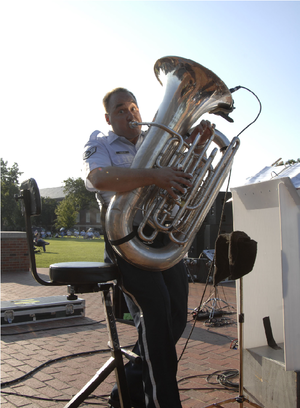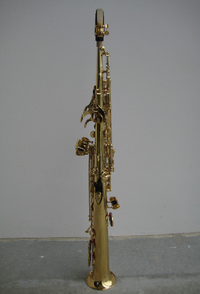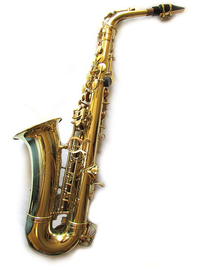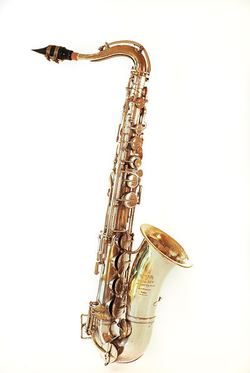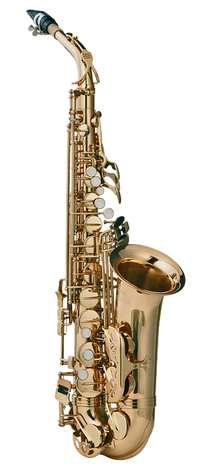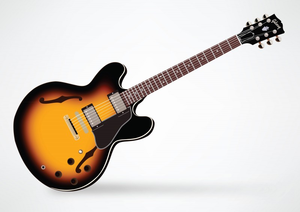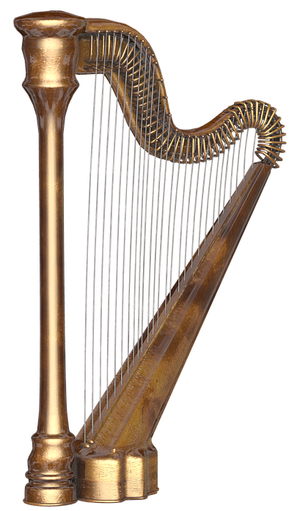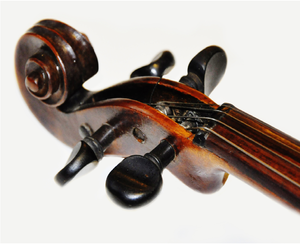Difference between revisions of "Pitch"
| Line 11: | Line 11: | ||
|[[File:Tuba.png|center|300px]] | |[[File:Tuba.png|center|300px]] | ||
|- | |- | ||
| − | | style="height:20px; width:300px; text-align:center;" |The | + | | style="height:20px; width:300px; text-align:center;" |The [[sound]] of a mouse's squeak is very high '''pitched'''. |
| − | | style="height:20px; width:300px; text-align:center;" |A tuba makes a deep or | + | | style="height:20px; width:300px; text-align:center;" |A tuba makes a deep or low '''pitched''' [[sound]]. |
|} | |} | ||
===About Pitch=== | ===About Pitch=== | ||
Revision as of 14:10, 19 August 2018
Contents
Key Stage 2
Meaning
Pitch is how high or low a note sounds.
| The sound of a mouse's squeak is very high pitched. | A tuba makes a deep or low pitched sound. |
About Pitch
- The pitch of an instrument can be affected by:
- Size of the instrument
- Thickness of strings
- Length of Strings
- Tightness of Strings
Size
| A small 'soprano' saxophone makes a high pitched sound. | An 'alto' saxophone makes the second highest pitch. | A tenor saxophone makes the second lowest pitch. | A large 'bass' saxophone makes a low pitched sound. |
Thickness of Strings
| A regular guitar has thin strings and can make high pitched sounds. | A 'bass' guitar has thick strings and makes low pitched sounds. |
Length of Strings
| The shorter strings on a harp make a higher pitched sound. |
Tightness of Strings
| The pegs on the end of a stringed instrument can make the strings tighter or looser. |

